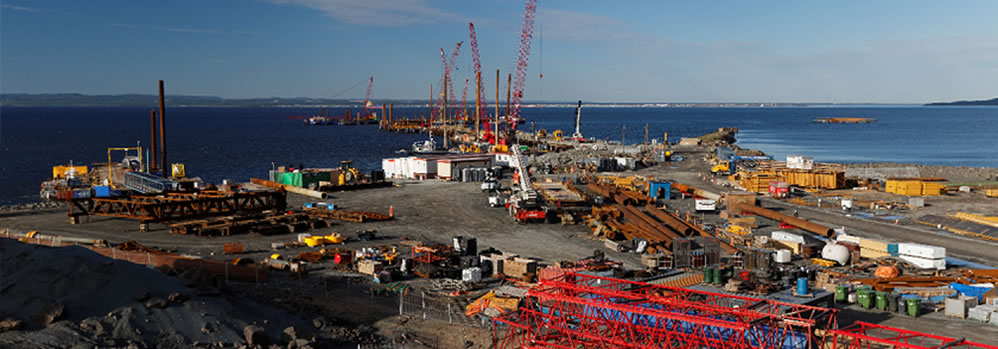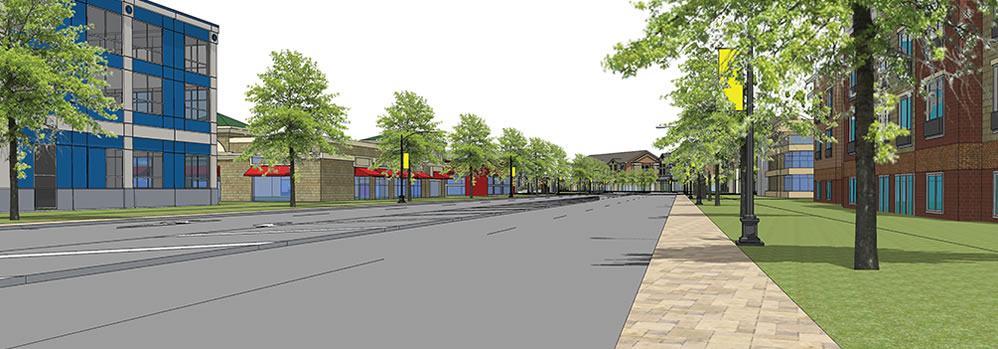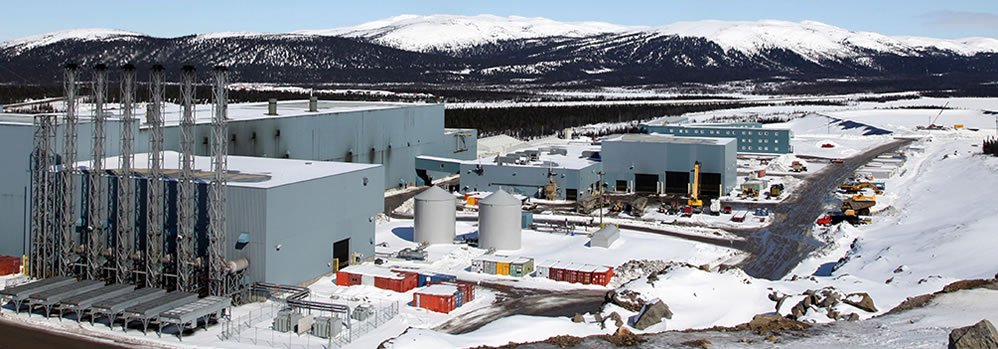In this region, the
numbers add up to
huge potential.
Enviable income levels.
As evidence of a strong local economy, Happy Valley-Goose Bay has great numbers for the total household income—which includes not only employee compensation but also other sources of income such as transfers and investment income. The number of people in HVGB with income greater than $50,000 is higher than the provincial population for the same income brackets.
Happy Valley-Goose Bay Population (2016):
| |
0-14 years |
15-24 years |
25-64 years |
65 years and over |
| Total population (%) |
16.8 |
12.8 |
58.2 |
12.2 |
| Aboriginal identity (%) |
47.5 |
| Non-Aboriginal (%) |
52.5 |
Economic Catchment Area (2016):
| Greater Goose Bay |
9,679 |
| North Coast |
3,494 |
| South Coast |
3,215 |
| Source: Statistics Canada 2016 |
A strong labour market
compared to
the province.
According to Statistics Canada, in Happy Valley-Goose Bay, 3360 people were employed and 305 were unemployed for a total labour force of 3665 in 2016. The employment rate was 69% and the unemployment rate was 8.3% as compared to Newfoundland Labrador’s unemployment rate of 15.6%.
| Labour Force Stats |
HVGB 2016 |
NL 2016 |
| Total population aged 15 years and over |
5,165 |
437,935 |
| Employment rate (%) |
65.0 |
49.5 |
| Unemployment rate (%) |
8.3 |
15.6 |
| Source: Statistics Canada, 2016 Census Profile HVGB |
In 2016, the top occupations within Happy Valley-Goose Bay were:
- Sales and service occupations
- Trades, transport and equipment operators and related occupations
- Business, finance and administration occupations
High demand
With the increase in economic activity in Happy Valley-Goose Bay, the region has witnessed an increase in the demand for recreational services and a higher skilled work force. With the characteristics of Happy Valley-Goose Bay’s population, such as a higher education and higher income, one can see the potential for housing and recreational business opportunities.
Population aged 15 years and over by total income, Happy Valley-Goose Bay, Newfoundland and Labrador, Canada
| Total Income in 2015 |
HVGB |
NL |
| Population 15 years and over by total income (count) |
5,180 |
437,940 |
| Without income (%) |
2.6 |
3.6 |
| With income (%) |
97.4 |
96.4 |
| Under $10,000 (%) |
11.5 |
312.4 |
| $10,000 – $19,999 (%) |
10.5 |
18.4 |
| $20,000 – $49,999 (%) |
30.3 |
36 |
| $50,000 – $79,999 (%) |
21 |
15.4 |
| $80,000 – $99,999 (%) |
9.7 |
6 |
| $100,000 and over (%) |
14.4 |
8.2 |
| Source: Statistics Canada, 2016 Census Profile HVGB |







